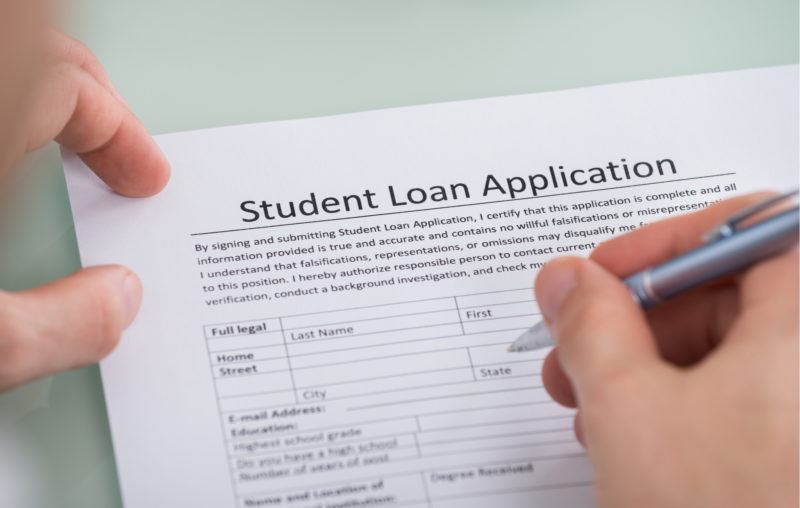Even In a Crisis, Student Loan Forgiveness Is Bad Policy

On the heels of the CARES Act, which was approved in late March, nine representatives have put forward a bill to make further emergency supplemental appropriations for the fiscal year ending September 30, 2020.
Among many, many other things (it is 1,815 pages long), the proposed bill calls for the Treasury to cover up to $10,000 in student loan payments due per borrower and private loan servicers to grant borrowers forbearance on any amount in addition to that which is covered by the Treasury through September 2021. It would also suspend the capitalization of interest and halt all involuntary collection related to private educational loans through September 2021. The student loan provisions of the bill are expected to cost the government $45 billion.
Many Americans are struggling right now. More than 23 million Americans have filed for unemployment. Small businesses have been closed for nearly two months. Most economists agree that the government should take steps to help those struggling as a result of COVID-19 and the policies adopted to limit its spread. But it does not follow that any effort aimed to help those struggling is a good effort. And student loan debt forgiveness seems like an especially poor way of getting help to those who desperately need it.
For starters, we have to think about the opportunity cost. Every dollar the government spends to eliminate student debt is a dollar it does not spend in some other way. The government should try to use its funds as effectively as possible. We want to get the most relief-providing bang for our buck. And that means the government should disperse funds as quickly as possible to those who are most likely to need it.
As a policy, student loan debt forgiveness falls short on both those objectives. It does not target those who need it most. And it does not provide much immediate relief.
Nearly two-thirds of Americans do not go to college. They don’t have any student loan debt to forgive. Of those who do go to college, around thirty-five percent graduate without any student loan debt; and some of those who graduated with student loan debt have since paid it off. So, from the start, we are talking about a policy that will only help around one in five Americans. Roughly 80 percent of Americans will not receive any benefit from a student loan debt forgiveness program.
Furthermore, most of those with student loan debt also have college degrees. On average, they have been earning about 80 percent more than those who do not have degrees. And those with the most debt—doctors, dentists, pharmacists—have typically realized even higher incomes. These folks generally have more money in the bank and, therefore, tend to be better positioned to weather the storm if they have lost their job or have otherwise experienced a reduction in income due to COVID-19.
But that’s not all. Those with college degrees are also far less likely to have lost their jobs or suffered a significant reduction in income. Many college graduates currently hold jobs where they can work remotely until things return to normal. That’s not the case for those without college degrees, who are much more likely to work in retail establishments, like bars, restaurants, and clothing stores, which are currently closed or operating at sufficiently reduced capacity.
Would a student loan forgiveness program help anyone who is currently struggling to make ends meet? Absolutely. Some people with student loan debt were not doing very well before and are doing even worse now. But they are the exception. A student loan debt forgiveness program is a very expensive way to help those who need it because it involves spending a lot on those who don’t need it. And there are much better ways of targeting funds to those who need it most.
A student loan debt forgiveness program also fails to provide the sort of immediate relief that is required right now. Most people with student loan debt do not generally struggle to make their monthly payments. And those struggling to make their monthly payments today will probably not be struggling to make their monthly payments in six months, when the virus has run its course and they have returned to work. If student loan debts were forgiven, the government would provide a little bit of relief today, when it is needed, and a little bit of relief in the future, when it is not needed. That makes it an expensive way to provide immediate relief.
We should help those who are struggling right now. And we should do so quickly. Student loan debt forgiveness does not do that very much or very well.











